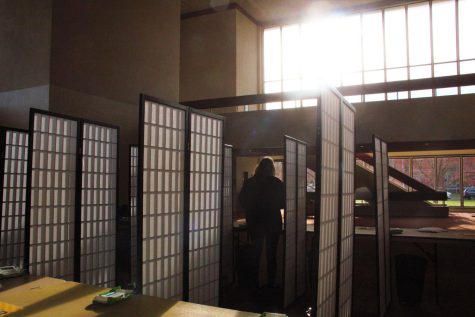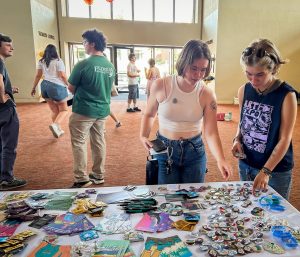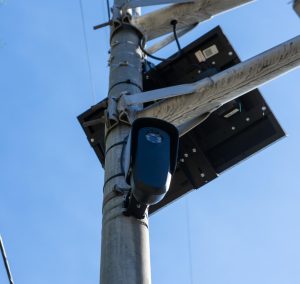A look back at COVID-19 on campus this semester
December 9, 2021

After a year and a half dominated by the COVID-19 pandemic, operations felt relatively normal on campus this semester. Despite the prevalence of COVID-19 in the Walla Walla community and throughout Washington state, Whitman has seen low case numbers due to high vaccination rates and measures such as masks and available testing.
Coronavirus Task Force Chair Peter Harvey explained the situation surrounding COVID-19 on campus via email to The Wire.
“With 98 percent of our campus fully vaccinated, we have seen {beliefs about the safety of a fully vaccinated campus} to be true as COVID cases have been low this fall, averaging less than three per week…while we have continued to see a small number of cases each week, we have not seen those translate into any campus outbreaks,” Harvey said.
The COVID-19 dashboard, updated with data weekly, reports that for the week of Nov. 22-28, there were three active cases of COVID-19 on campus, with zero new positive student tests and one new positive employee test.
First-year Morgan Sherwood expressed appreciation for the availability and ease of COVID-19 testing on-campus this semester.
“My experience with going and getting a COVID-19 test has been good. I’ve been sick a few times, and it’s been really easy to walk up and get a test, and it’s fast,” Sherwood said.
This testing is available for exposed or symptomatic students at the back door of the Welty Health Center Monday through Friday, 9:00-11:30 a.m. and 2:30-4:30 pm., according to Whitman’s Fall 2021 Covid Protocols.
Other measures, including wearing masks while indoors, have been important in stopping the spread of COVID-19 on campus.
“Throughout the fall semester I have been very impressed with how seriously students have taken our COVID protocols. It’s important to remain cautious as we head into winter, because more classroom and social activities will be taking place indoors and it is essential that everyone remains diligent in properly masking, testing and following the other practices that we know reduce the risk of transmitting coronavirus,” Harvey said.
Whitman held two rounds of baseline testing for everyone at the beginning of the semester. One round of testing was held following Thanksgiving break, the goal being to identify any cases picked up during the break before they could spread through campus.
“We are still seeing high transmission across much of the country (including Walla Walla County) with households playing a significant role in spreading the virus since people tend to be more relaxed with family and close friends,” Harvey said. “The final weeks of the semester are stressful enough without worrying about getting sick, so we want to be very careful to identify any COVID-19 cases that come out of Thanksgiving break travel and prevent the possibility of a campus outbreak.”
Harvey explained that because of the low transmission rates and adherence to COVID-19 protocols, moving to hybrid or remote classes between Thanksgiving and winter break, as some schools have done, was not necessary.
Even with Whitman’s sound testing, vaccination and prevention protocols, COVID-19 is still a threat. Recently, concerns has been raised about the Omnicron variant.
According to Harvey, individuals are encouraged to get their COVID-19 booster shots when eligible, as well as continue under the current protocol.
“It’s hard to predict our next steps as a campus community,” Harvey said. “In general, we will continue to follow the guidance of the Centers for Disease Control, the Washington State Department of Health and Governor Jay Inslee as well as evaluating the conditions at Whitman and in Walla Walla County as we consider which are the most appropriate protocols to implement on campus.”
To learn more about new coronavirus risks, specifically the rise of the Omicron variant, check out News Reporter Grace Jackson’s piece titled “Emerging Omicron variant poses new risks.”






